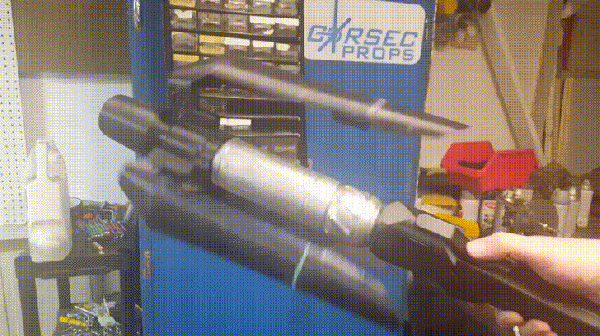Lightsabers are an elegant weapon for a more civilized age. Did you ever consider that cutting people’s hands off with a laser sword means automatically cauterized wounds and that lack of blood results in a gentler rating from the Motion Picture Association? Movie guidelines aside, a cauterizing pen is found in some first aid kits, but at their core, they are a power source and a heating filament. Given the state of medical technology, this is due for an upgrade, and folks at Arizona State University are hitting all the marks with a combination of near-infrared lasers, gold particles, and protein matrix from silk.
Cauterizing relies on intense heat, or chemicals, to burn flesh but this process uses less power by aiming the near-IR laser at only the selected areas, and since near-IR can penetrate soft-tissue it goes deep without extra heating. The laser heats the gold, and that activates the silk proteins. Early results are positive but lots of testing remains and it still will not belong in the average first aid kit for a while, lasers and all, but surgery for beloved pets and tolerable humans could have recovery time reduced with this advance.
If this doesn’t sate your need for magical space knight weaponry, we have options aplenty.
Via IEEE Spectrum. Image: starwars.com











